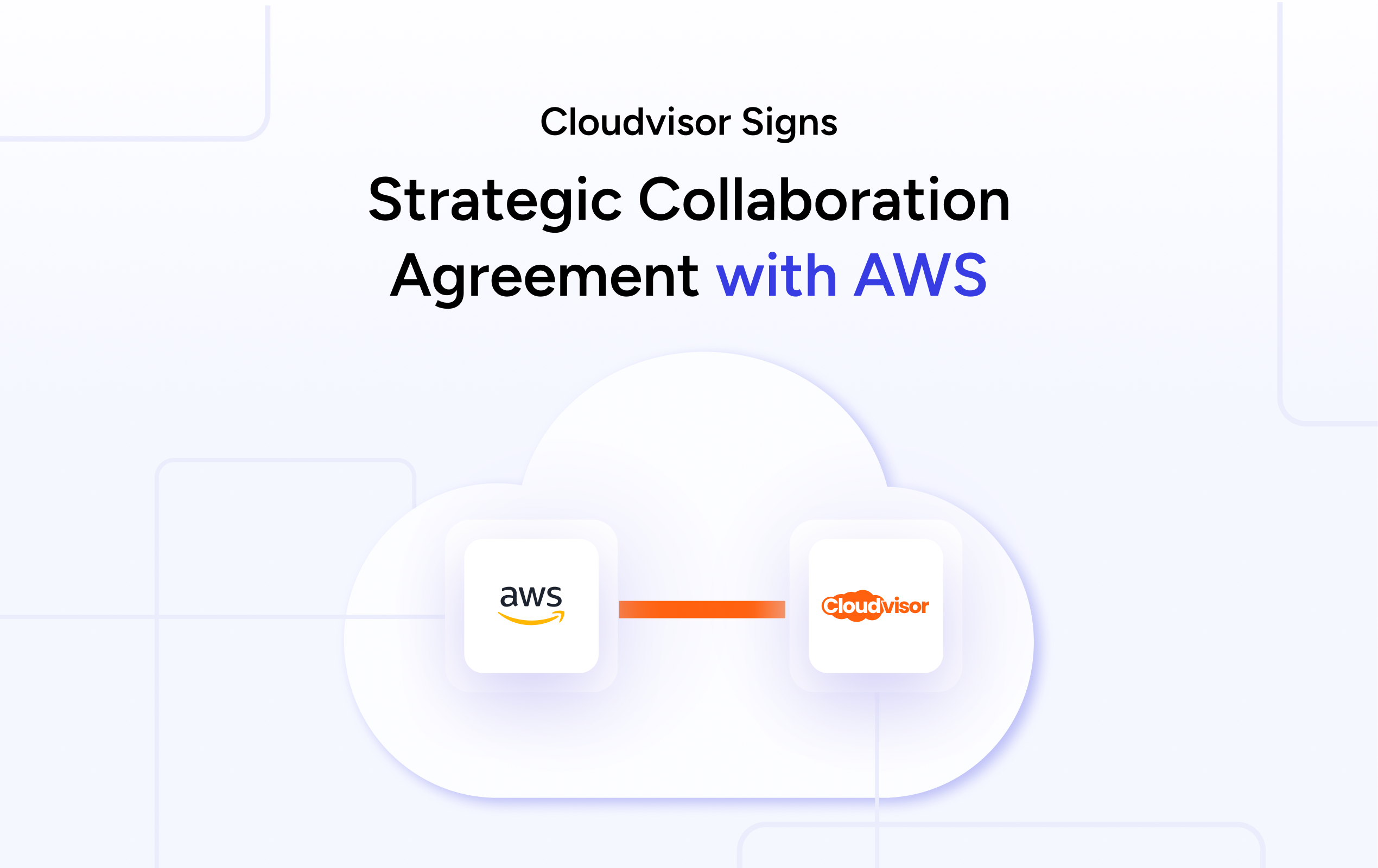69% of businesses spending over $5 million on annual cloud costs claim they regularly overspend on their cloud budget. Organizations worldwide are struggling to maximize the potential of their cloud services while keeping costs reasonable.
The good news is that there’s a way out! By dedicating time and effort to AWS cost optimization, you can rest easy knowing that your AWS expenses are under control.
AWS Cost Optimization is the practice of finding ways to use Amazon Web Services more efficiently to save money while still meeting your computing needs. In this article, we will discuss the best AWS Cost Optimization tools and tips you can use to optimize your AWS costs.
Table of Contents
The Five Key Principles of AWS Cost Optimization
By following these principles, especially from the outset of a cloud-based system, you can get the most out of AWS while minimizing costs.
Right Size Your Resources
Right-sizing involves aligning your AWS resources precisely with the requirements of your projects. Think of it as using the right tool for the right task, eliminating unnecessary bulk. Regularly assessing and adjusting your AWS resources is key to ensuring the best possible performance without overburdening your budget.
Increase Elasticity
Begin by analyzing business needs and accompanying load factors to select the most suitable resources for your organization. Develop performance indicators and continually evaluate workloads to maintain accuracy and adaptability.
Choose the Right Pricing Model
Embrace a consumption-driven model where you pay only for the resources you actively utilize. For instance, optimize costs by shutting down resources during idle periods, such as non-working hours. By doing so, you could achieve potential cost savings of up to 75%, a substantial reduction from continuous usage.
Optimize Storage
It is vital to set specific goals for business growth in the cloud system. As soon as they are made obvious, it becomes easier to assess whether the development of cloud services is moving in the right way in terms of finances.
Measure, Monitor, and Improve
Allocate the necessary time, resources, and effort to track service costs, identify overspending, and ensure your budget is allocated efficiently. Only by regular monitoring efforts, you can maximize your efficiency and optimize your budget.
AWS Cost Optimization Tips
To make AWS cost optimization easier, follow our simple checklist:
Instances
- Select the remove on termination option when creating or launching an EC2 instance. The detached EBS volumes will automatically get deleted when the associated instance gets terminated.
- Select which workloads should run on Reserved Instances and On-Demand Pricing.
- Upgrade to the most recent AWS instance generation to boost efficiency while keeping costs the same or lower.
Scheduling
- Unless workloads must operate continuously, schedule on and off timings.
Storage
- Make sure the provisions are the right size.
- Maintain the most recent version for a few weeks before deleting it to make room for newer copies that can help recover the data in case of a breakdown.
- Rebinding an Elastic IP address more than 100 times per month is not recommended.
AWS Cost Management Tools
- You can automate cost management and optimization in the cloud.
- Locate and cancel unused Elastic Load Balancers and installations.
- Transfer data that does not get used very often.
- Continually optimize the cloud costs.
AWS Native Tools for Cost Optimization
AWS offers different monitoring and cost optimization solutions to help you optimize your AWS spending.
AWS Cost Explorer
AWS Cost Explorer allows you to:
- Observe AWS spending trends over time
- Anticipate potential expenses
- Discover areas that require more research
- Monitor Reserved Instance usage
- Monitor Reserved Instance coverage
- Obtain Reserved Instance suggestions
AWS Cost Anomaly Detection
With AWS Cost Anomaly Detection, you can access granular raw data sources that document hourly AWS consumption across domains. The flexible columns in the AWS Cost and Usage Report populate based on the services utilized.
AWS Trusted Advisor
Trusted Advisor can help you reduce costs through actionable recommendations based on an analysis of your usage, configuration, and spending.
AWS Budgets
Create customized budgets that send out warnings when cost or use exceeds or is expected to exceed a predetermined amount with AWS Budgets.
AWS Cost Optimization Made Easy With Cloudvisor
Navigating the AWS cost savings can be quite overwhelming; that’s why it’s always beneficial to cooperate with an AWS partner like Cloudvisor. With our AWS Cost Optimization Review, you can cut down on your AWS expenses by up to 40%.
A group of certified AWS experts will review your AWS infrastructure and provide a structured document with insights about your current usage and steps to lower your AWS costs. And guess what? If your monthly AWS spending is under $5,000, the Review is yours for FREE!
FAQs
More Cost-Saving Resources
- Optimizing Costs and Efficiency with AWS Marketplace
- Maximizing Cost Efficiency in AWS using Cost Allocation Tags
- AWS Cost Explorer: How to Gain Full Visibility and Control Over Your Cloud Costs
- What is AWS Cost Explorer: Optimize Your Cloud Costs
- AWS Pricing Calculator vs Cost Explorer: Comprehensive Comparison
- AWS Cost Optimization Best Practices: Maximizing Cloud Value




